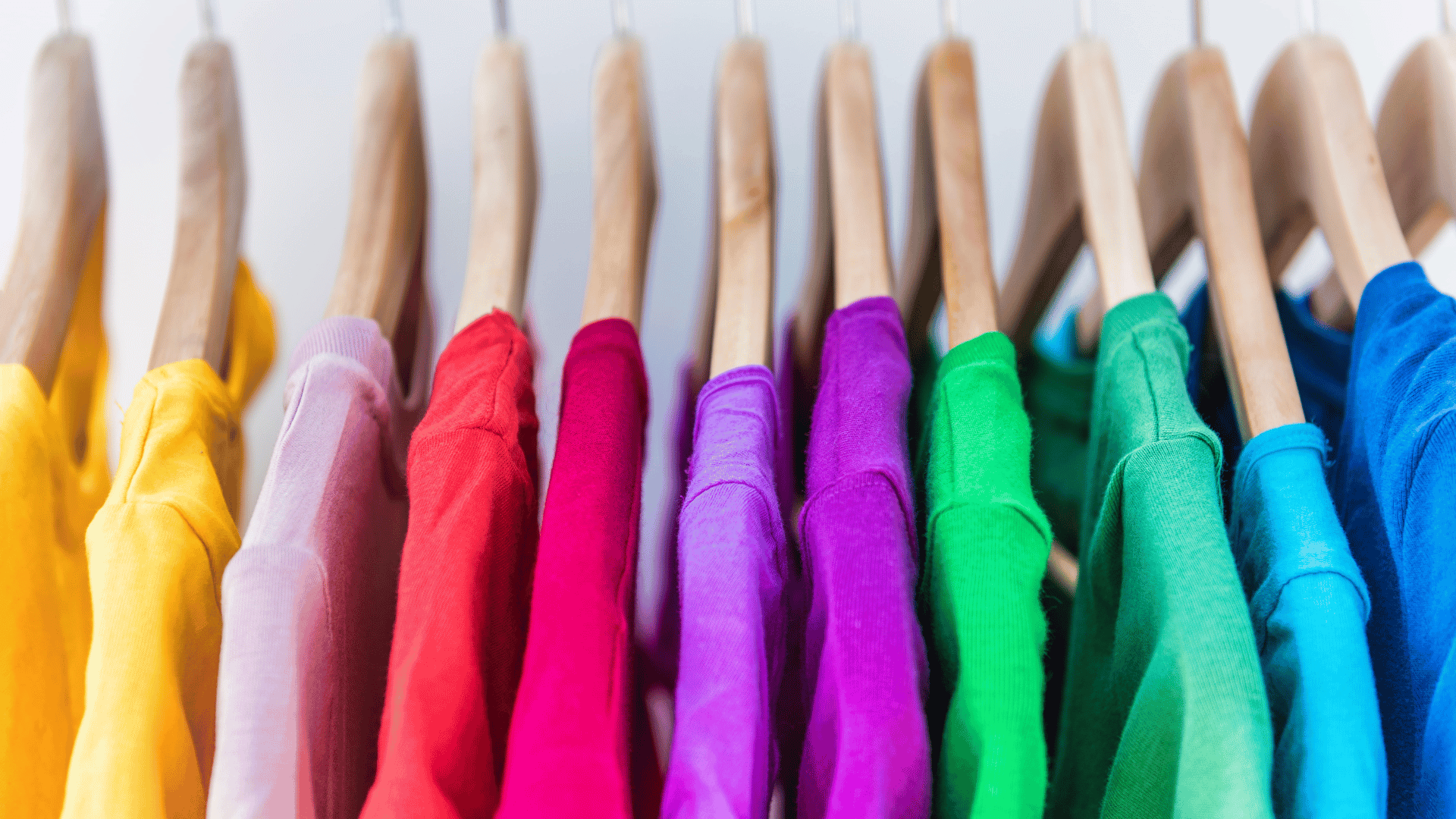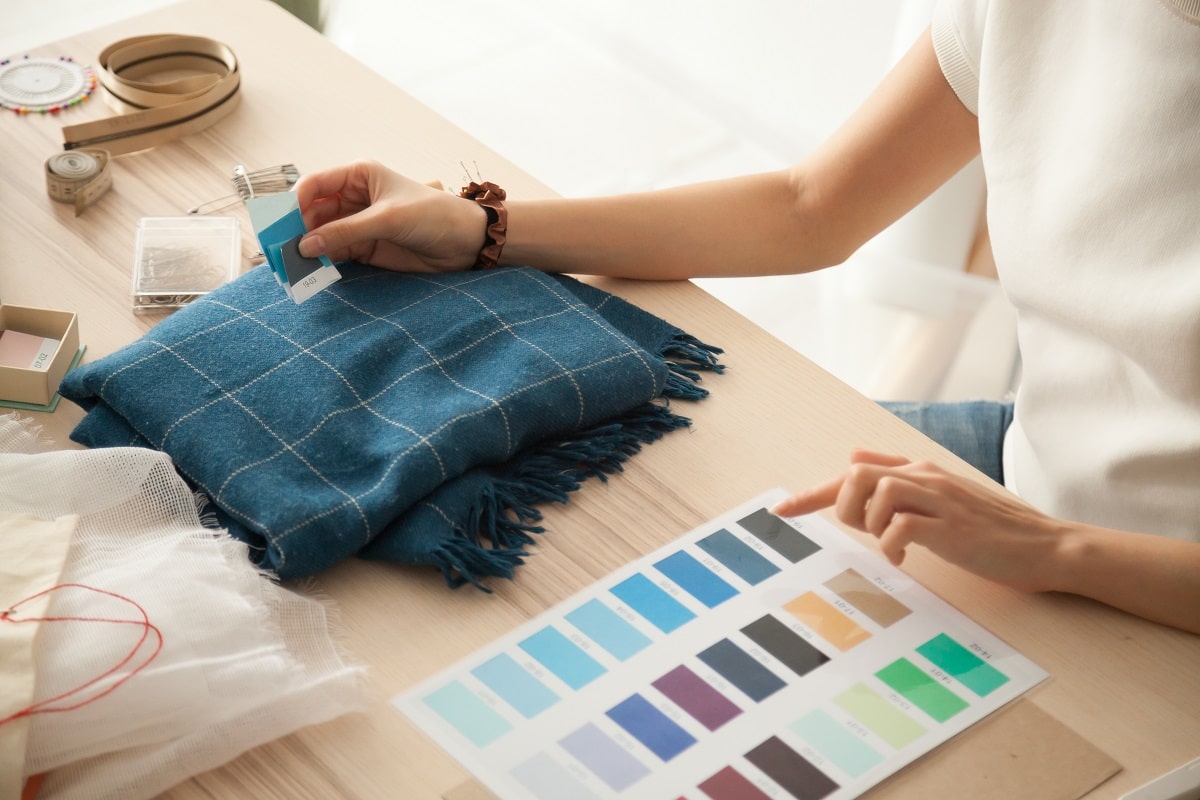The fashion buyer role is one of the most exciting and strategic positions in the fashion world. Fashion buyers are responsible for selecting, purchasing, and managing the products that appear in stores and online platforms. They combine creativity with business acumen, ensuring that every item resonates with consumers while maintaining profitability. If you aspire to work in this dynamic field, here are the essential steps to success in the fashion buying industry.
1. Understand the Role of a Fashion Buyer
Fashion buyers are the link between designers, brands, and consumers. They analyze market trends, forecast demand, negotiate with suppliers, and decide which products make it to retail shelves. The role requires a balance of analytical thinking, trend awareness, and negotiation skills. Buyers must also have a deep understanding of their target market and brand identity.
2. Build a Strong Educational Foundation
While some buyers enter the industry through experience, a degree in fashion merchandising, business, retail management, or marketing provides a solid foundation. These programs teach essential skills in buying, forecasting, and supply chain management. Courses that cover textiles, retail analytics, and fashion trends are particularly valuable.
3. Gain Hands-On Retail Experience
Practical experience is key to understanding consumer behavior and retail dynamics. Working in a retail store or interning with a buying department helps you learn how sales data, customer preferences, and inventory management influence buying decisions. This experience also builds your communication and teamwork skills—both essential for success in buying.
4. Develop Analytical and Trend Forecasting Skills
Fashion buying is as much about numbers as it is about style. Successful buyers know how to analyze sales reports, track key performance indicators (KPIs), and use data to predict future trends. Learning to interpret analytics tools and market reports will help you make informed purchasing decisions that align with both brand goals and consumer demand.
5. Learn the Art of Negotiation and Supplier Relations
Negotiation is a critical skill for buyers. You’ll work closely with vendors and suppliers to secure the best prices, delivery schedules, and product quality. Building strong professional relationships can lead to better deals and exclusive product access. Clear communication and mutual respect are the foundation of long-term supplier partnerships.
6. Build a Network in the Fashion Industry
Networking opens doors to new opportunities and collaborations. Attend fashion trade shows, networking events, and buying fairs to meet designers, suppliers, and other industry professionals. Being visible in the fashion community helps you stay informed about emerging trends and market shifts.
7. Stay Updated with Fashion Trends and Consumer Insights
Fashion is constantly evolving, and buyers must stay ahead of trends to keep their assortments relevant. Follow fashion weeks, read industry reports, and monitor social media for consumer preferences. Understanding how trends translate from runway to retail ensures that your buying decisions resonate with the target audience.
8. Master Inventory and Budget Management
Fashion buyers are responsible for balancing creativity with financial control. Knowing how to manage budgets, monitor inventory turnover, and prevent overstocking is essential for maintaining profitability. Developing a strong sense of commercial awareness ensures that every purchase aligns with sales targets.
9. Build a Portfolio of Buying Achievements
As you gain experience, document your achievements—such as successful product selections, improved sales margins, or supplier collaborations. A strong professional portfolio demonstrates your ability to combine creativity and business strategy, making you stand out to future employers or clients.
10. Keep Learning and Growing in the Industry
The fashion retail landscape is fast-changing, influenced by technology, sustainability, and shifting consumer values. Stay ahead by learning about digital retailing, ethical sourcing, and new buying technologies. Continuous learning ensures you remain adaptable and competitive in a constantly evolving industry.
Conclusion
A career as a fashion buyer blends creativity, business strategy, and trend awareness. From analyzing sales data to negotiating with suppliers and forecasting fashion trends, buyers play a vital role in shaping what consumers wear. By gaining practical experience, building strong industry relationships, and staying informed about global trends, you can pave the way to a successful and rewarding career in fashion buying.
Key Takeaways:
- Fashion buyers combine creativity and business strategy to decide which products appear in stores and online.
- A degree in fashion merchandising, business, or retail management provides a strong foundation for this career.
- Hands-on retail or internship experience helps develop practical knowledge of consumer behavior and sales trends.
- Analytical and forecasting skills are crucial for predicting demand and making data-driven buying decisions.
- Successful buyers excel at negotiation and build lasting relationships with suppliers and vendors.
- Networking within the fashion industry opens doors to opportunities and trend insights.
- Staying updated on market trends and consumer preferences keeps buying decisions relevant and profitable.
- Strong inventory and budget management ensure balanced stock levels and financial control.
- A portfolio showcasing buying successes highlights your commercial and creative expertise.
- Continuous learning about sustainability, digital retailing, and global fashion trends helps buyers stay competitive.
Consider exploring the Parsons Fashion Industry Essentials online course and certificate program by Yellowbrick to enhance your skills and advance your career in the fashion industry.








